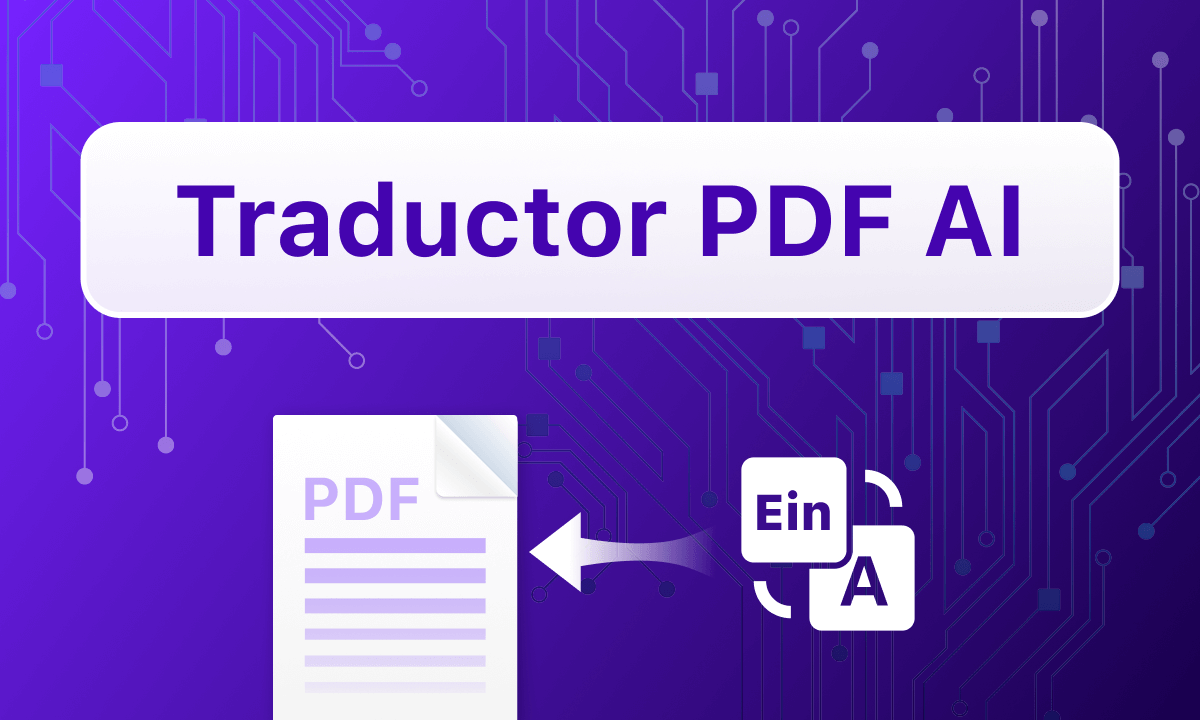In an increasingly interconnected world, effective communication across different languages is more important than ever. Translators, both human and machine, play a crucial role in bridging the gap between cultures, facilitating international business, and promoting mutual understanding. This article explores the evolution of translation, the impact of modern translators, and the future of this essential field.
1. The Evolution of Translation
Translation has a rich history that dates back to ancient times. Early forms of translation were vital for diplomacy, trade, and the spread of knowledge. Historical milestones in the development of translation include:
- Ancient Civilizations: The earliest known translations were performed by scribes and scholars in ancient civilizations such as Mesopotamia, Egypt, and Greece. These translations were essential for the exchange of knowledge and culture among diverse societies.
- Medieval Period: During the medieval period, translators played a key role in preserving and disseminating classical texts. Notable figures such as St. Jerome, who translated the Bible into Latin (the Vulgate), were instrumental in shaping religious and scholarly traditions.
- Renaissance and Enlightenment: The Renaissance period saw a surge in translation activities, driven by the discovery of new worlds and the spread of scientific knowledge. Translators like Martin Luther and Isaac Newton made significant contributions to the dissemination of ideas.
- Modern Era: The 19th and 20th centuries witnessed the advent of technological advancements that revolutionized translation practices. The development of typewriters, computers, and the internet significantly impacted the efficiency and accessibility of translation services.
2. Types of Translators: Human vs. Machine
In contemporary translation, two primary types of translators are prevalent: human translators and machine translators. Each has its own strengths and limitations:
- Human Translators:
- Expertise and Nuance: Human translators bring expertise, cultural understanding, and the ability to interpret nuance and context. They are capable of capturing idiomatic expressions, emotions, and cultural subtleties that machines may miss.
- Specialization: Many human translators specialize in specific fields such as legal, medical, or literary translation. This specialization allows them to provide accurate and contextually appropriate translations.
- Limitations: Human translation can be time-consuming and expensive. The quality of translation also depends on the translator’s skill and familiarity with the subject matter.
- Machine Translators:
- Speed and Efficiency: Machine translation tools, such as Google Translate and DeepL, offer rapid translations and can handle large volumes of text quickly. They are especially useful for everyday communication and quick translations.
- Technological Advancements: Recent advancements in artificial intelligence (AI) and natural language processing (NLP) have significantly improved the accuracy and fluency of machine translations. Neural machine translation (NMT) models, for example, produce more contextually relevant translations.
- Limitations: Despite improvements, machine translation can struggle with complex texts, idiomatic expressions, and cultural nuances. Errors and inaccuracies may still occur, especially with less common languages or specialized terminology.
3. The Impact of Translators on Society
Translators have a profound impact on various aspects of society:
- Global Business: In the realm of international business, translation is crucial for market entry, legal compliance, and customer engagement. Accurate translation of contracts, marketing materials, and product documentation is essential for successful global operations.
- Diplomacy and International Relations: Translators play a vital role in diplomacy and international relations by facilitating communication between governments and organizations. They ensure that negotiations, treaties, and agreements are accurately conveyed and understood.
- Education and Research: Translation enables the dissemination of academic research and educational resources across language barriers. Researchers and students benefit from access to global knowledge and collaborative opportunities made possible through translation.
- Cultural Exchange: Translators contribute to cultural exchange by making literature, films, and art accessible to a global audience. This promotes cross-cultural understanding and appreciation, fostering a richer, more diverse cultural landscape.
4. The Future of Translation
The future of translation is likely to be shaped by several emerging trends and technologies:
- Advancements in AI and NLP: Continued advancements in artificial intelligence and natural language processing are expected to enhance the accuracy and fluency of machine translation. AI-powered translation tools will become more adept at understanding context and generating human-like translations.
- Integration with Other Technologies: Translation technology will increasingly integrate with other technologies, such as augmented reality (AR) and virtual reality (VR). Real-time translation features in AR glasses or VR environments could further facilitate cross-linguistic communication.
- Personalization and Adaptation: Future translation tools may offer more personalized and adaptive features, such as custom translation models for specific industries or users. This will improve the relevance and quality of translations for specialized applications.
- Human-AI Collaboration: The collaboration between human translators and AI tools is likely to become more prevalent. Human translators will work alongside AI systems to enhance translation quality, leveraging technology for efficiency while maintaining human expertise for nuance and accuracy.
5. Challenges and Considerations
Despite the progress in translation technology, several challenges and considerations remain:
- Cultural Sensitivity: Ensuring cultural sensitivity in translation is essential to avoid misinterpretations and maintain respect for diverse cultures. Translators must be aware of cultural nuances and adapt translations accordingly.
- Ethical Considerations: The ethical use of translation technology involves considerations related to privacy, data security, and the potential for misuse. Ensuring that translation tools are used responsibly and ethically is crucial for maintaining trust and integrity.
- Quality Assurance: Maintaining high-quality translation standards is important for both human and machine translators. Regular quality checks, feedback mechanisms, and continuous improvement efforts are necessary to address errors and enhance translation accuracy.
Conclusion
Translators, both human and machine, play a vital role in our globalized world by bridging language barriers and facilitating communication across cultures. The evolution of translation has seen significant advancements, from ancient practices to modern technologies. As the field continues to develop, the impact of translators on business, diplomacy, education, and cultural exchange will remain profound. Embracing technological innovations while preserving the expertise and sensitivity of human translators will ensure that the art and science of translation continue to thrive in the future.
